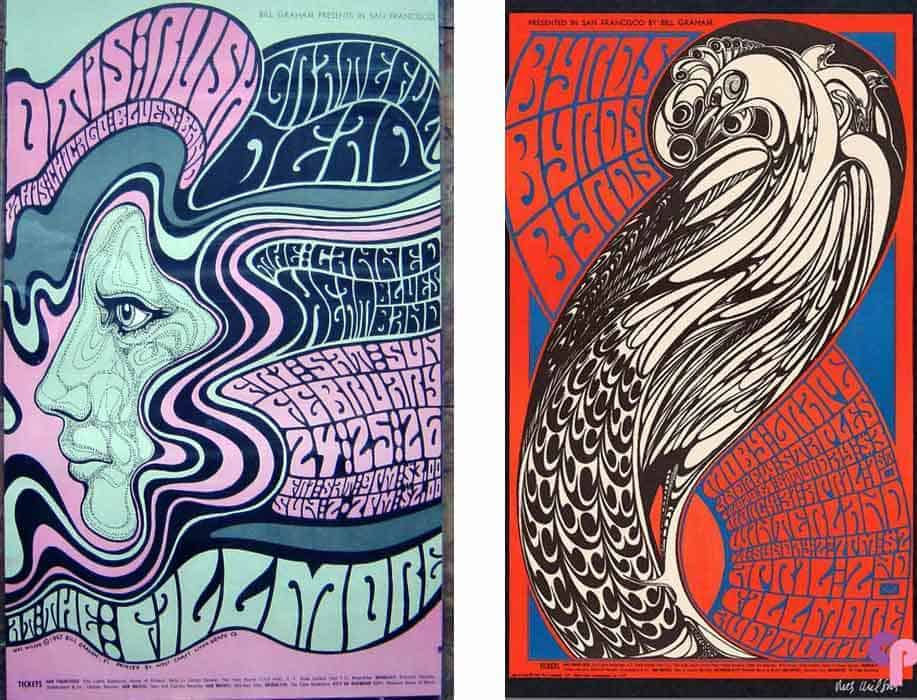The Science of Psychedelics & It's Medical Potential
- AH
- Apr 9, 2021
- 2 min read
Updated: Apr 10, 2021
Gems of my literature review

The science behind psychedelics provides reasons for why it is recreationally and medically appealing to the West. In a study conducted by researcher Ly, Greb, Cameron, Ori-McKenney, Gray, and Olson (2018), cortical neurons were treated with psychedelics, and the results concluded that nearly all psychedelic compounds tested were capable of promoting neuroplasticity in the brain - a highly-desirable process that the researchers hypothesize is the driving force for why psychedelics can treat mental illness in the first place. Because many mood disorders – depression, anxiety, OCD, etc. – are linked to neural degeneration, which negatively impact the ability of neurons to interact with one another, psychedelics can enhance these pathways by changing the makeup of neurons and promoting plasticity. This is why the FDA approved a ketamine nasal-spray in 2019 for treatment-resistant depression. Thus, Ly et al. (2018) expanded on the idea that these plasticity-promoting psychedelics can play a major role in treating treatment resistant psychiatric disorders. The literature on psychedelic-assisted therapy is also supportive of this idea. In a study conducted by Carhart-Harris, Roseman, Demetriou, Wall, and Nut (2018), fMRI scans showed how psilocybin coupled with psychological support was used to successfully treat depression. Another clinical trial by Mitheoefer, Feduccia, Jerome, Wagner, Walsh, Hamilton, Yazar-Klosinki, Emerson, and Dobling (2019) found that MDMA-assisted psychotherapy could help treat PTSD. Various studies are pointing to the medical significance of psychedelics in treating psychiatric conditions, but several people still take psychedelics recreationally.
Recreational use can be understood through the scientific lens. In one controlled study, researchers Palhano-Fontes, Andrade, Tofoli, and Santos (2015) found that there was a decrease in the Default Mode Network (DMN) in the brain after psychedelic consumption of ayahuasca. The DMN, which is active during wakeful rest, mind wandering, and self-talk, has been associated with the phenomenon of “ego death”, wherein the ego is said to lie partially in the DMN. They conducted a study on ten people who were given Ayahuasca and underwent two fMRI scans, and the results showed a significant signal decrease for most parts of the DMN as a result of psychedelic intake. This supports the notion that the entire altered state of consciousness induced by Ayahuasca (like with psilocybin, sleep, and meditation) is linked to the DMN and potentially, the ego. Additionally, another study by researchers Mason, Uthaug, Kuypers, and Mischler (2019) found that psilocybin enhanced empathy, creative thinking, and subjective well-being up to seven days after use. These findings suggest reasons why individuals may take psychedelics recreationally because of these feelings of spirituality associated with ego and psychedelics, as well as various changes in personality traits.
Carhart-Harris, Robin, et al. (2018). Increased amygdala responses to emotional faces after psilocybin for treatment-resistant depression. Neuropharmacology, 142(5), 263-269.
Ly, Calvin, et al. (2018). Psychedelics promote structural and functional neural plasticity. Cell Reports, 23(11), 3170–3182.
Mithoefer, MC., et al. (2019). MDMA-assisted psychotherapy for treatment of PTSD: study design and rationale for phase 3 trials based on pooled analysis of six phase 2 randomized controlled trials. Psychopharmacology, 236(9), 2735-2745.
Palhano-Fontes, Fernanda, et al. (2015). The psychedelic state induced by ayahuasca modulates the activity and connectivity of the default mode network. Plos One, 10(2).




Comments